What To Look Out For - July
Along the coast, watch for Peregrine Falcons, which are thriving this year. The pair at Scarborough Castle currently has three young in the nest! Barn Owls have had a less successful season with few juveniles in evidence so far. Studies have shown that numbers of owl and Kestrel juveniles are directly linked to the numbers of Short-tailed Field Voles around in the same year. Vole populations operate on a four-year cycle, and in a peak year may be ten times more numerous.
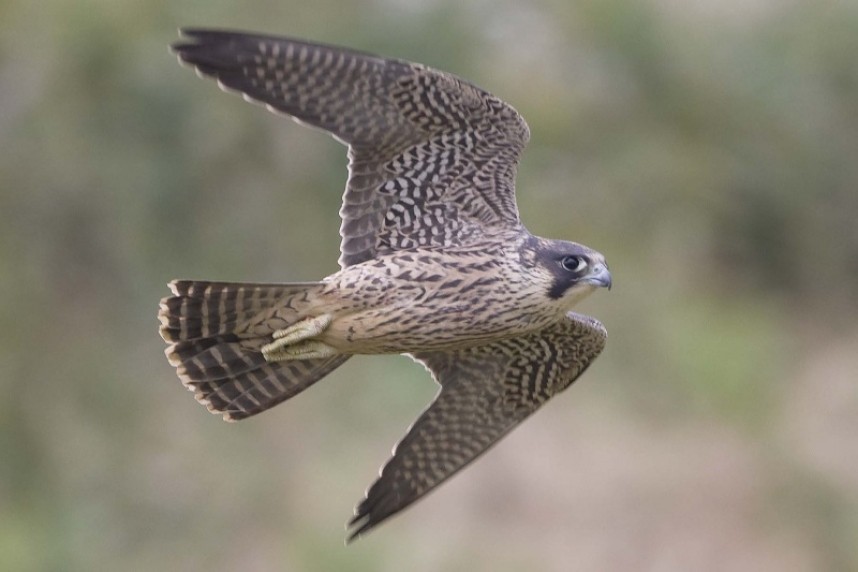
Juvenile Peregrine Falcon © Steve Race
The peak months for Hedgehogs to give birth are June and July, and since the young spend about a month in the nest, July sees the first venturing out on foraging trips with their mothers. There are usually four to five in a litter, although usually not all survive, and the female hedgehog may even devour them herself if disturbed. They are born with their spines (actually modified hairs) under the skin.
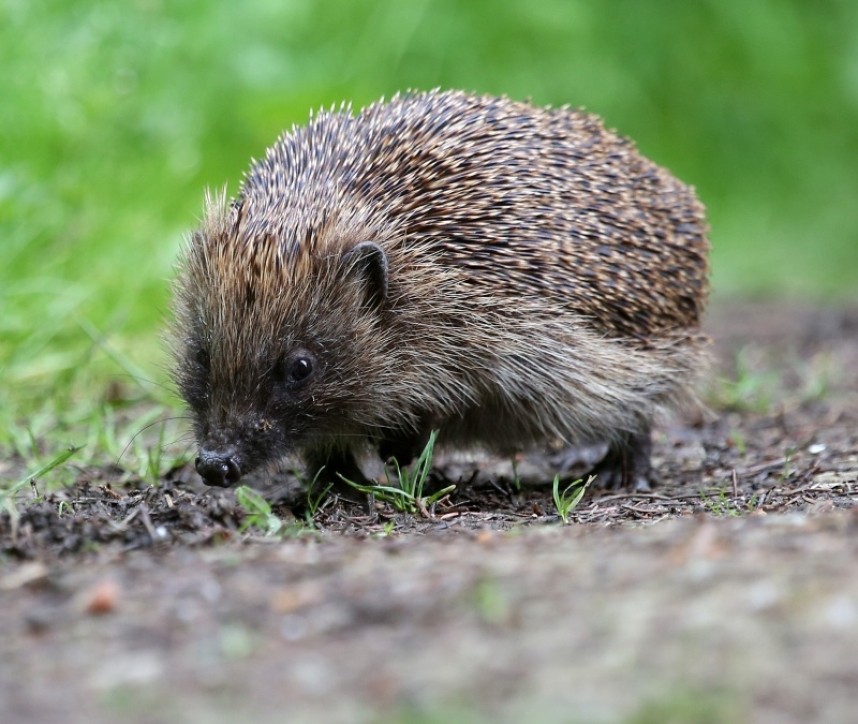
Hedgehog © Dan Lombard
With a cold spring and cool early summer, 2015 has so far proved a poor year for butterflies and moths, with numbers of immigrants such as Painted Lady much lower than usual. A spell of warm weather can improve things however. Dark Green Fritillary’s flight season peaks in July. It is a striking ginger-brown butterfly with black markings (the greenish colour is found on the underside of the hind wings) and a strong flyer. It feeds on thistles and knapweeds and prefers wild, open areas such as rough grassland, moorland or coastal cliffs; although it is sometimes also seen along woodland rides. The North York Moors National Park is a great place to look out for this beautiful butterfly especially around Ellerburn Bank.
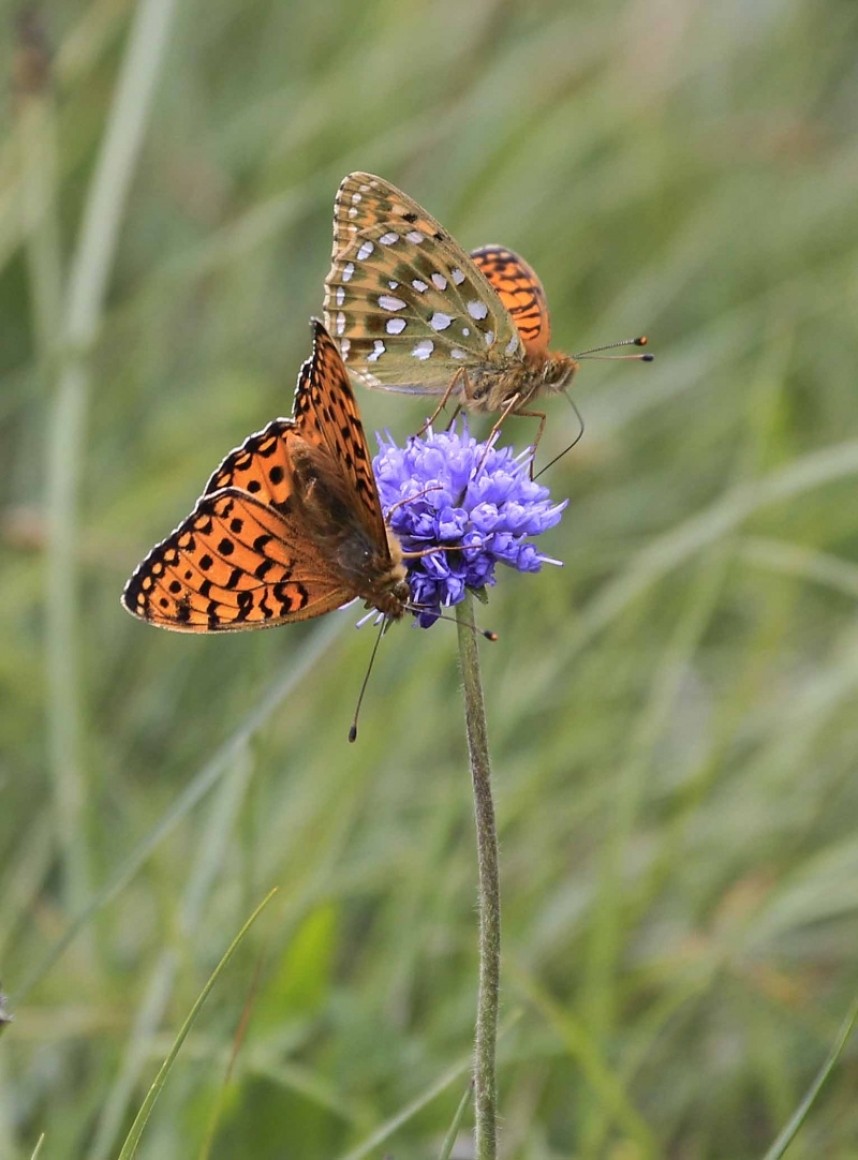
Dark Green Fritillary © Richard Baines
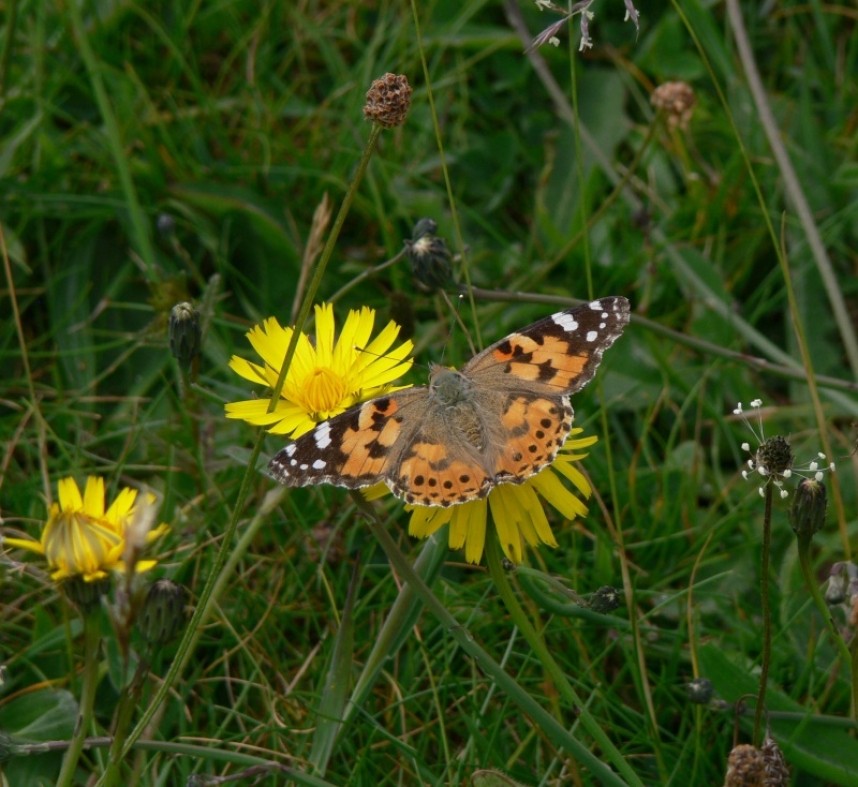
Painted Lady © Richard Baines
July is a good month to search for day-flying moths. On sunny days look for Six-spot Burnet in flowery grasslands. The spots are scarlet, standing out against the black wing, so it is easy to recognise as it visits flowers such as Common and Greater Knapweed and even Marsh Orchids! The caterpillars feed on the Bird’s-foot Trefoils and pupate in papery cocoons which are easy to find as they are placed quite prominently on flower stems. Silver-ground Carpet, which is reaching the end of its flight season in July,is commonly disturbed from grassland and gardens in the daytime.
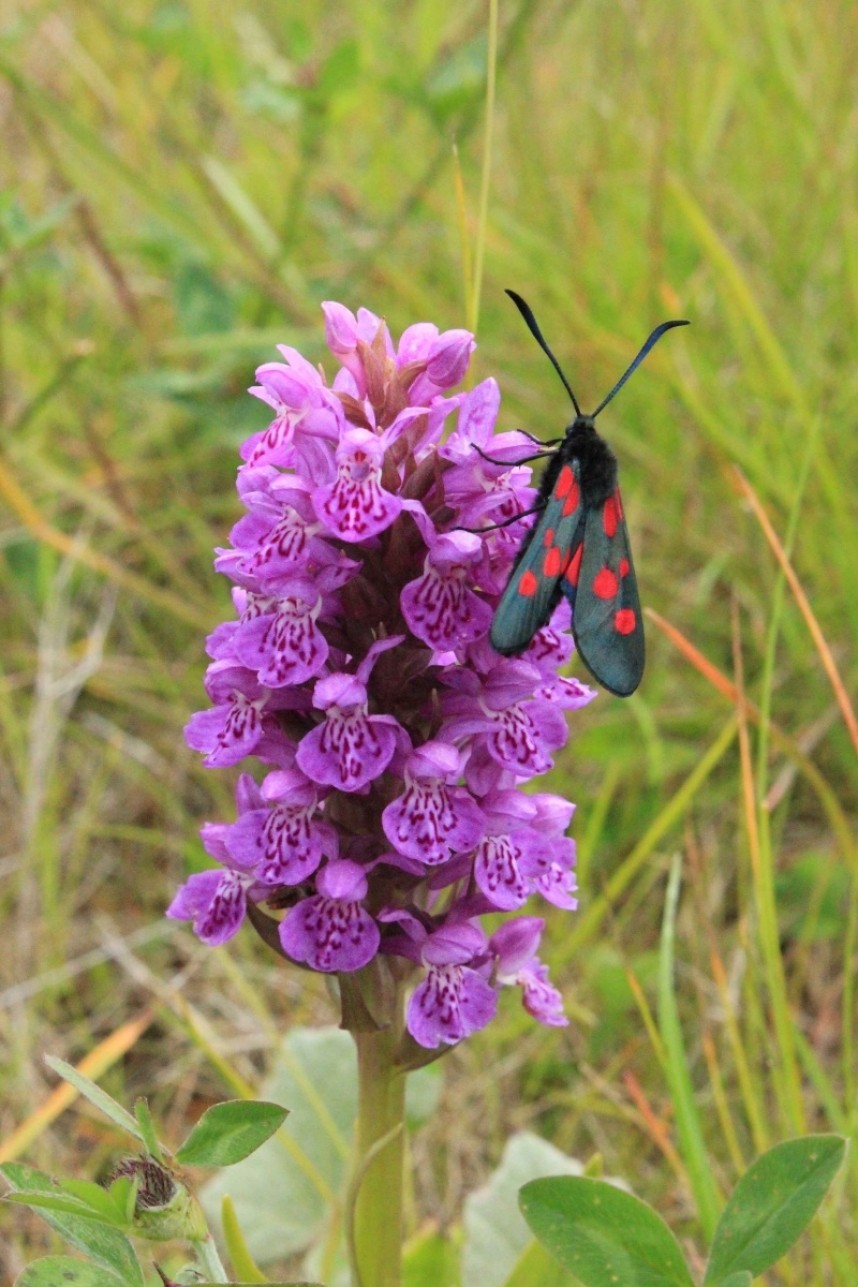
Six Spot Burnet © Kelly Rosier
Immigrant moths are most frequently seen along the coast. In some years Silver Y can be numerous. At rest, the silvery-white hook-shaped mark on the forewing is distinctive. Hummingbird Hawk-moth is usually seen singly, hovering in a blur of wings as it feeds on the nectar of garden flowers such as Fuchsia.
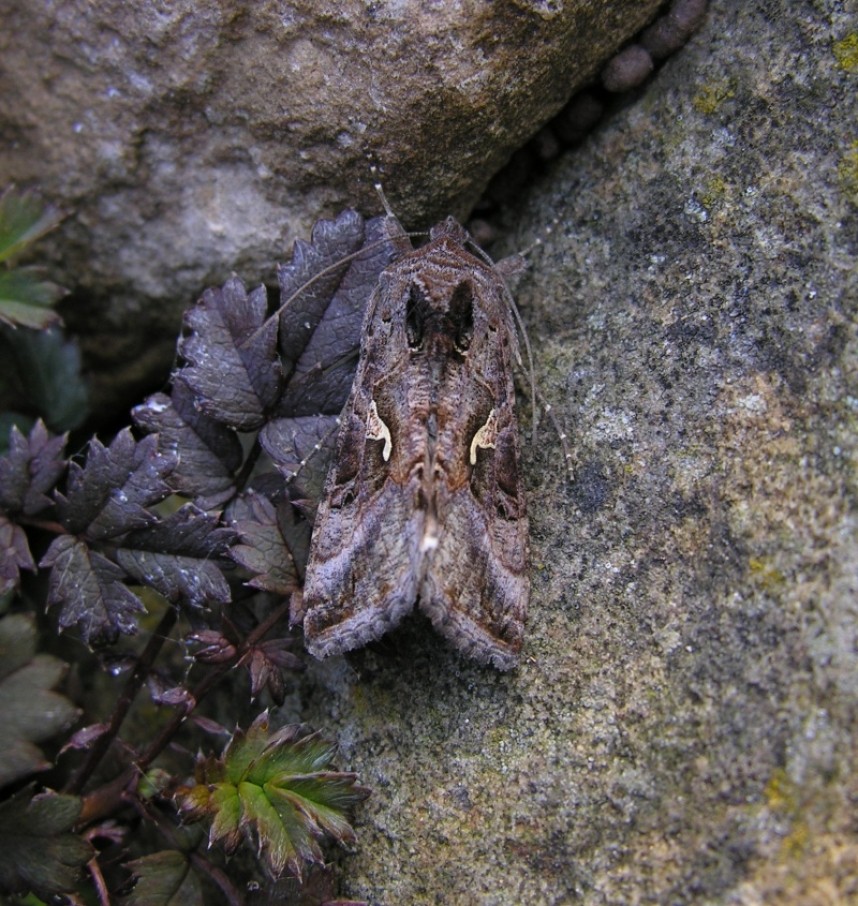
Silver Y © Richard Baines
Restharrow is a creeping plant with toothed leaves. Its attractive pink flowers belie its tough roots, which in the days before mechanised farming often brought ploughs to a halt, giving rise to the name. It prefers calcareous soils, as does Pyramidal Orchid, the flower-heads of which are distinctively conical upon emerging, but later become more egg-shaped. The best way to identify the plant is to look closely at the three-lobed lip, which has two ridges standing proud at the base. These are ‘guide-plates’ which help insects to pollinate the flower. Yorkshire is the northernmost county of the plant’s range. Harebell’s delicate lilac-blue flowers also open in July. Its preferred habitat is dry grassland, hedge banks or dunes.
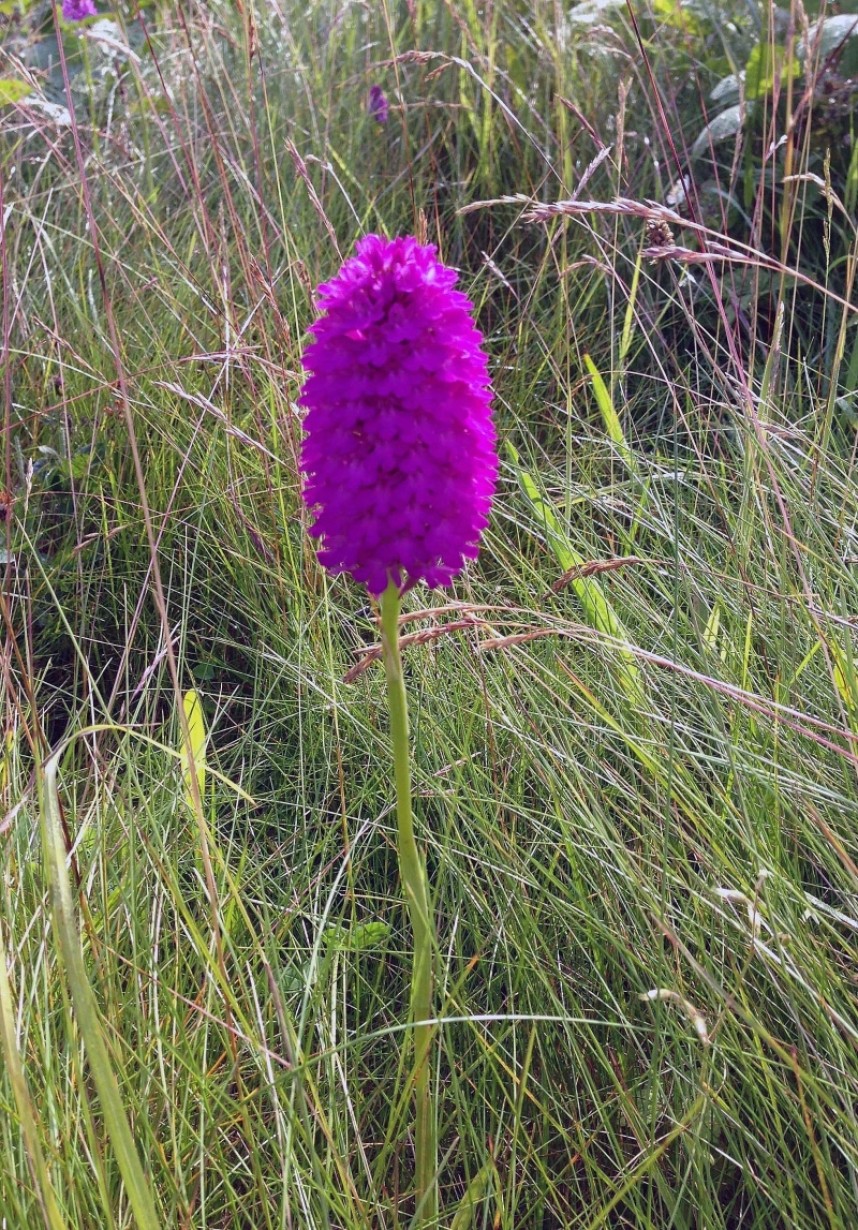
Pyramidal Orchid © Richard Baines



 Back to Blog
Back to Blog
